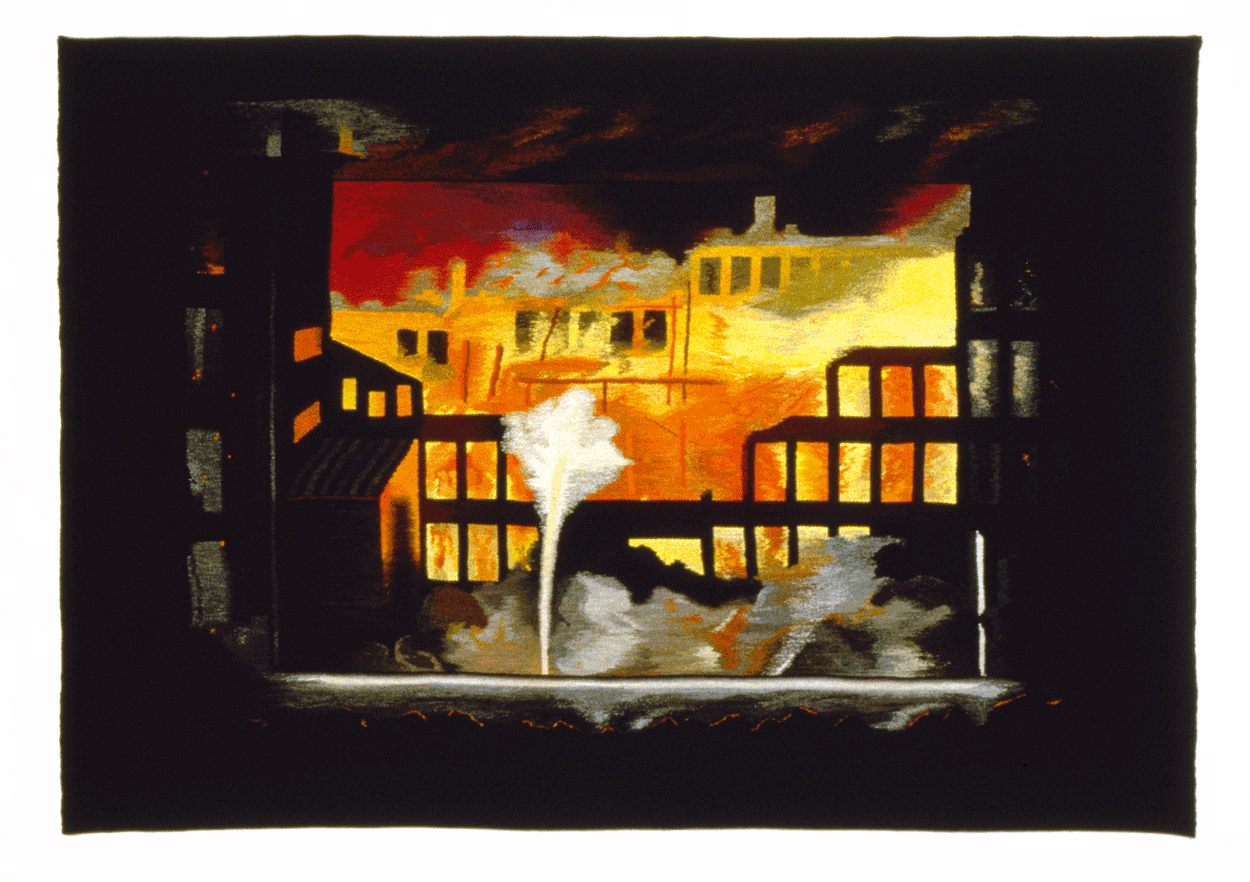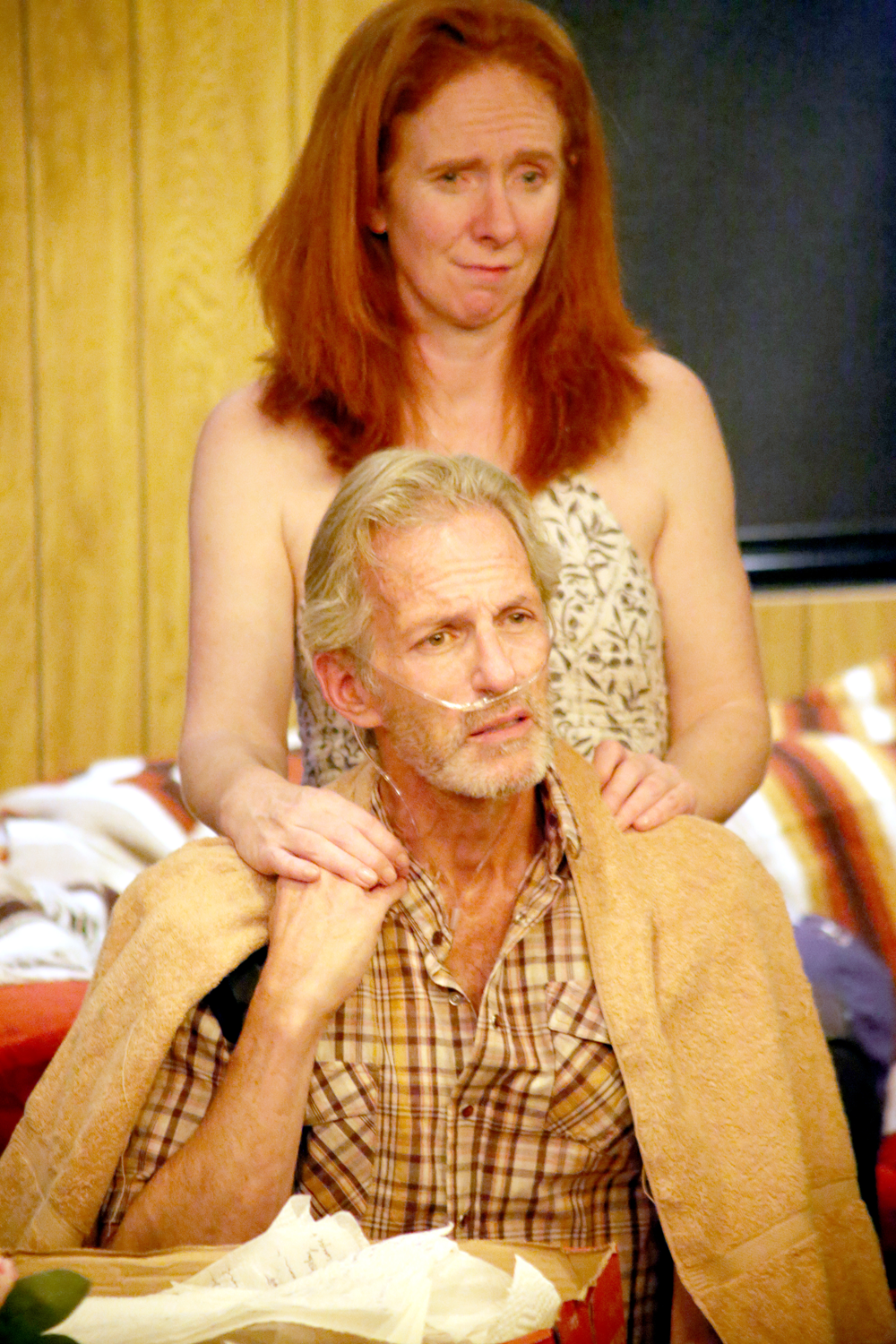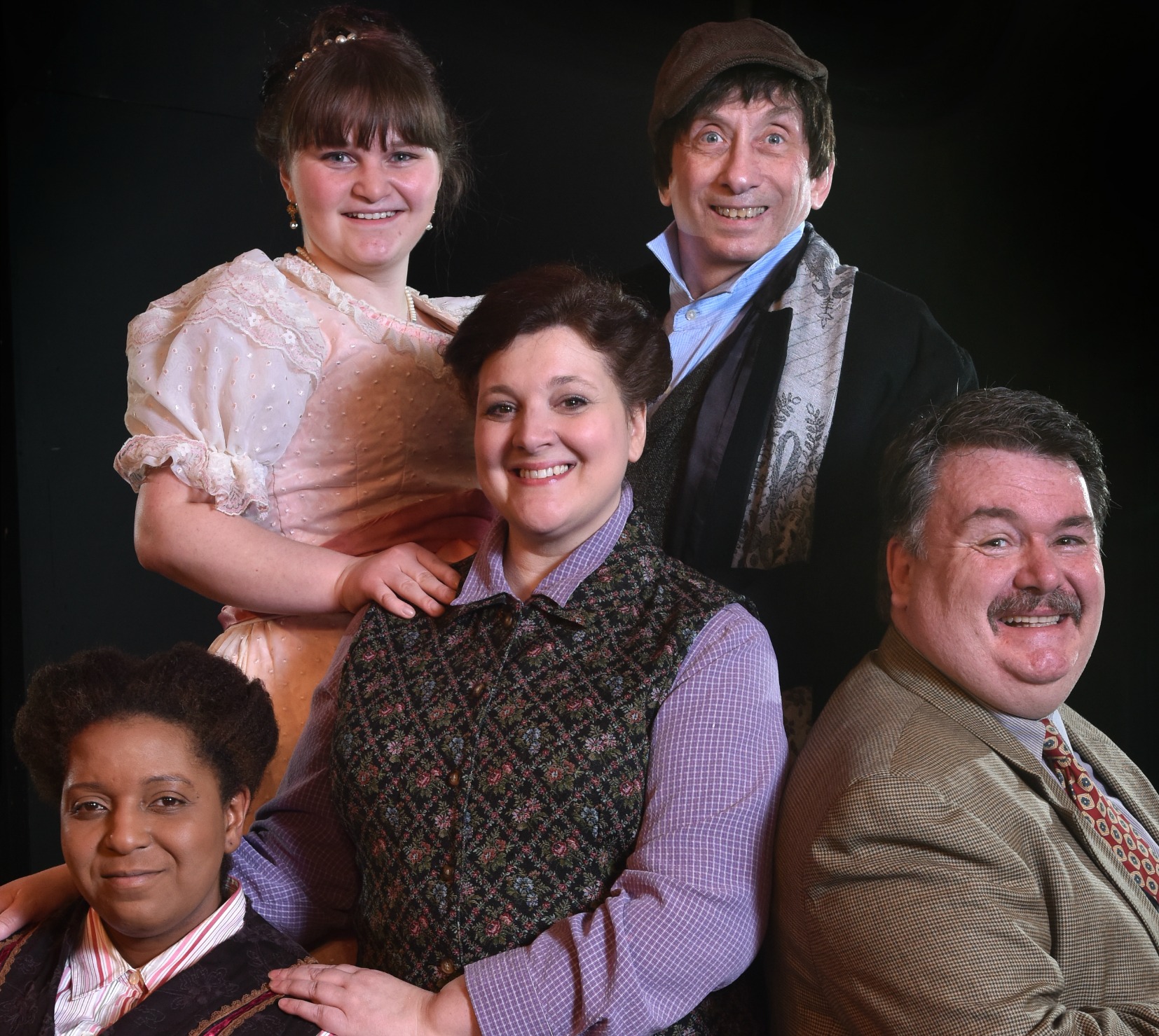CMA debuts unique surrealist photo exhibit
By Jacqueline Mitchell

The Crystal Ball (La Boule de Verre),” 1931. Jacques-Henri Lartigue (French, 1894–1986). Gelatin silver print, toned; 23.7 x 29.9 cm. The Cleveland Museum of Art, John L. Severance Fund 2007.149. Photograph by Jacques Henri Lartigue © Ministère de la Culture – France / AAJHL.
The “Forbidden Games: Surrealist and Modernist Photography” exhibit at the Cleveland Museum of Art evokes a number of different moods and presents a broad range of materials and approaches, but besides being black and white, all 167 photographs share one other element: they aim to provoke a reaction from deep within the psyche.
“The overall premise of the collection is the idea that surrealism advocated the idea of looking at the world with an untamed eye,” says Barbara Tannenbaum, curator of the exhibition, which will run from Oct. 19 to Jan. 11, 2015 in the Kelvin and Eleanor Smith Foundation Exhibition Hall. “The works share the fact that they take an unusual view of the world in some way.”
The photographs tend to reveal something odd and unusual, evoking a primal reaction. A butterfly’s tongue becomes greatly magnified to show intricate patterns in Carl Struwe’s photograph, while Brassaï examines the stranger side of Parisian nightlife through images of cabaret, lesbian and gay bars and fine arts balls.
Many of the photographs evoke wonder and awe and recall the energy and vitality of city life. Between the 1920s to the 1940s, skyscrapers were being constructed in New York, people were moving in droves from farms to cities and life was changing radically.
“It’s a time of incredible social change and the manic energy that went with that,” says Tannenbaum, pointing out that women finally had rights, jobs and the option to live alone, and were in demand as photographers.
“It was a career that, in the 1920s especially, burgeoned enormously,” she says. “There were jobs for women because women were thought to be especially suited for things that were more artistic and sensitive.”
Dora Maar’s “Double Portrait with Hat” shows the same face in two views, profile and frontal, topped by what could be a hat or a halo, which appears as if it’s disintegrating.
Maar was Pablo Picasso’s lover, and he wanted her to focus more on painting rather than her photography, though she could never hope to compete with his reputation as a painter.
“You wonder if this portrait – this divided, ruptured face – is her torn between his demands and her wish to continue her life as an independent artist,” Tannenbaum says.
The exhibit also showcases portraits by photographers such as Man Ray and Maurice Tabard using double exposures that show both the inner personality and the outer appearance, in an attempt to give the viewer insight into the soul of an individual rather than focusing on the external.
Tannenbaum describes these works as “spiritual self-portraits.”
“We think of photography as tied to the truth,” says Tannenbaum. “That’s actually only one option.”
The photographers featured use their art to dig below the surface and fabricate images through collage and photomontage, either done in-camera using multiple exposures or by printing multiple negatives at a time in a dark room.
Other artists cut and pasted images through the art of collage to formulate an image that would never occur in the real world and create a scene that never existed.
Graphic artist Georges Hugnet borrowed from other photographers and used drawings by other artists, adding his own elements to create jarring juxtapositions in collage.
A number of the photographers in the exhibit also experimented with motion pictures, and the exhibit will include five films by them. The museum also will offer hands-on, interactive activities as part of the exhibition that will provide a deeper understanding of how the artists used certain techniques that were somewhat unusual and innovative at the time. Participants can pose for photogrphs or create their own photomontages.
The images in the exhibit come from art dealer and collector David Raymond, who lives in Asheville, N.C.
“He’s somebody who sees the world with a wild eye,” Tannenbaum says.
Intrigued by surrealism, Raymond spent a decade seeking out these works, which are now owned by the museum.
“One of the best collections of surrealism in private hands is now making its debut,” Tannenbaum says. “It has not been seen together before. It’s quite rare, high-quality material with an incredible breadth.
“It presents a broad view of surrealist photography than has never really been presented before,” she adds.
The exhibit tells two stories: one of David Raymond, passionate and offbeat collector, and another focusing on a chaotically artistic period of rapid, deep social change, encapsulating the Roaring ’20s, the Great Depression and World War II.
“Overall, the mood of the show is very exciting and visually striking,” says Tannenbaum. “They’re all competing for your attention. It was a time that was very chaotic socially and politically. Boundaries were being broken, and photography was an experimental playground for those who were interested in breaking boundaries.” CV
*Lead Image: Photo Eye (Foto-Auge),” 1927, printed 1938–40. Anton Stankowski (German, 1906–1998). Gelatin silver print, montage, from negatives with handwork; 10.9 x 14.5 cm. The Cleveland Museum of Art, John L. Severance Fund 2007.122. © Stankowski-Stiftung.











